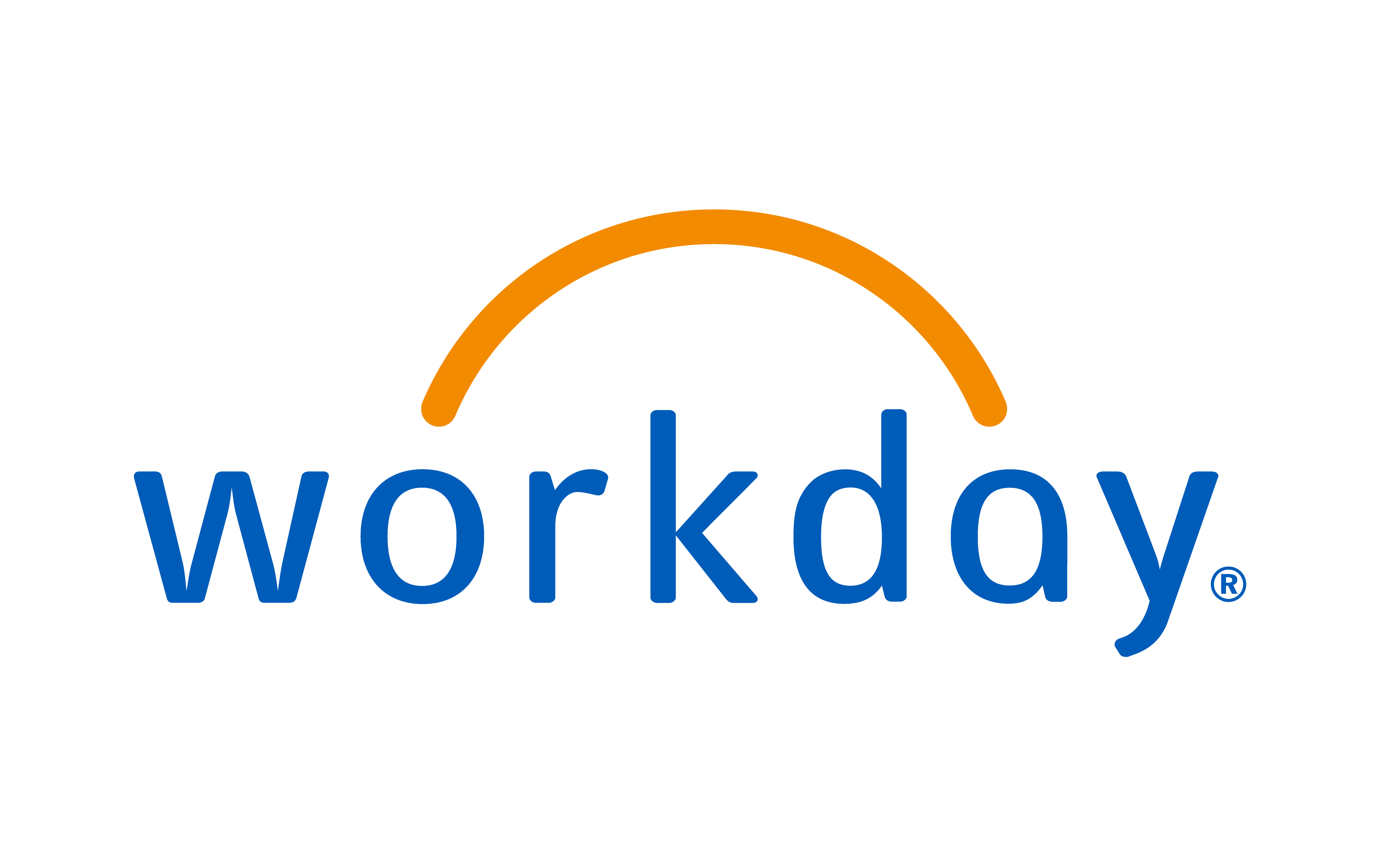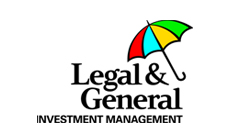
The margins for error when taking a company public have always been slim. That’s truer than ever given the on-going market conditions, meaning that for those management teams considering an IPO, it’s vital to put in place a board that has pedigree and traction with investors, and to ensure the business is robust enough to hit the numbers post-flotation. Woolly fads and blue-sky ventures need not apply.
John Whybrow, Chairman of AZ Electronic Materials, says that if a new chairman is to be brought in, then they need to be involved three to four months before the actual float: “Typically, the new chairman will join the board as a director or chairman designate if the company is in the public domain; if it’s not then he will join as director. The chairman can then find out what is going on and start to set things up for when the company goes public.”
It’s generally agreed that the key elements to have in place pre-IPO include:
• Strong financial results
• A respected management team
• Experienced and influential non-executive directors
• Steady earnings (preferably with recurring revenue streams) in demonstrably high-growth sectors
• A sensibly priced business at IPO
AZ Electronic Materials, a private equity-backed concern which makes chemicals and materials for flat panel displays, LEDs and other devices, listed on the Main Market in October last year, raising just over £380 million and achieving a market cap of £914.2 million. “AZ is a classic flotation,” comments John. “It worked brilliantly – we floated at 240p and at the end of the first day were up 7 per cent. At the end of three months, we were 25 per cent up. The people who bought the shares felt good because they felt they had paid a reasonable price; equally, the private equity firms were not greedy as they didn’t maximise the price.”
Everyone felt they had gained from the transaction. At the moment, that’s quite a rare and distinguished feat as the reality of the new economy often means that expectations need to be lowered when it comes to valuations and estimated returns on investment. Nicholas Garrett, Head of IPO Execution at JP Morgan Cazenove, concedes that the public markets continue to be challenging: “A number of IPOs have been pulled in the last few weeks and the ones that got away haven’t traded particularly well. What will make a good IPO is a sound investment case for continued growth, priced at a sensible discount to peer group companies.”
A test of values
The issue of price has certainly been the sticking point for many potential M&A deals over the past 18 months. It’s the same problem which is causing potential floats to sink without a trace. “Unless vendors coming to market can be more realistic about valuations, I sense that the situation is going to be much the same in the near future,” adds Nicholas.
John states that this is where an incumbent chairman, certainly when PE firms are seeking a float as a full or partial exit, has a key role to play. The chairman can mediate with the firms and the banks and, to an extent, the management team, to make sure that “things happen sensibly” as the damage and loss of confidence in a company if the share price nosedives immediately after an IPO may be irrevocable.
The other, equally crucial task for the chairman-in-waiting is to find the right non-executives who have the appropriate knowledge and experience for steering a public company. “After the float, many of the directors will resign immediately,” says John. “As soon as you have a new chairman and a chairman of the audit committee, you have to build a board pretty fast – when we went to market there were three independent directors and I kept the two sponsors [PE firms], but they’re not independent, so I needed to recruit four non-executives pretty quickly. You also need a company secretary, otherwise the burden falls to the CFO.”
Charles “Chip” Goodyear, the former CEO of mining and resource giant BHP Billiton, recalls that the highest standards of governance were essential for an international company with listings in multiple countries. “Listing rules mean that you require a certain number of non-executives and independent directors, but that was not inconsistent with what we were doing anyway.
“What the company did do as a result of its listing in London and Australia, plus its publicly traded securities in the US, was to adopt the most rigorous standards in the markets we operated in. As we looked at policies and procedures, we determined to take the high ground where it existed across those jurisdictions.”
Chip claims that this didn’t pose a challenge at board level as everyone bought into the principles. “The bigger issues involved the integration of the organisation – once you have the framework of taking the high ground, then that’s the way it has to be… It was as important internally as it was externally for the company to make it clear that this was its position. So you had to be consistent with that as you were dealing with multiple cultures and histories across the organisation.”
Nicholas states that the question of governance and assembling a well-known and respected board is growing in importance: “We are seeing an increase in overseas companies coming to the London market. With some of these companies, where there is an overseas owner or founder who might be selling only 25 or 30 per cent of the company into the market, investors might be looking to the new board of directors to act as a protector or counterweight to the founder or owner of that business.”
Into the maelstrom
The reasons for floating a company must be watertight. If a management team hasn’t thought their strategy through, then in all likelihood they will be cruelly exposed when embarking on investor road shows. Robert Drummond, chairman of clean energy concern Acta and former chairman of the British Venture Capital Association, says: “Management needs to understand how to demonstrate their model in simplistic ways. They can have as many as a hundred presentations to large groups of people who have not got a day to hear about how a business works. Rather, there will be five minutes to explain the basic business model so any investor can understand it, and then there might be another 15 or 20 minutes to explain it in further detail. If they can’t do that, they’ve got problems.”
A lack of realism over numbers won’t be tolerated. Wiser heads in the City know that the best trick is to manage expectations by under promising and then over delivering, but it’s a lesson that many still find hard to learn. “New investors are looking for stability and growth,” says Robert. “That means they don’t want shocks; they want stable sectors and a business model that is easy to understand. Most IPOs tend to show tremendous growth prospects but, even if that’s achieved, it may not turn into profits.”
Robert states that the golden rule is not to go for an IPO “when the growth rate you are predicting is significantly greater than the growth rate you have achieved”. By this, he means that if a company has had 50 per cent growth for the last year-end, no-one is going to feel confident if a management team starts touting growth of 200 per cent for the year ahead.
Sam Smith, the Chief Executive of small-cap broker, finnCap, which works with sub-£100 million market cap companies primarily on the Alternative Investment Market (AIM), insists that rushing into an IPO is a mistake: “The management has to be certain they are putting forecasts into the market for a year and maybe even two years and hit them. What you can’t do is miss your numbers in your first year. Credibility, as we all know, takes a long time to recover.”
Naturally, the experience of the management team and the balance of the non-executive directors need to be right, but it’s the financial shape of the business that investors will scrutinise. Nicholas says: “The market capacity to invest in companies and the volatility of the market are two areas which hold back IPOs… I don’t think that investors have a mass surplus of cash to invest in equity markets – when they are looking at IPOs, some investors are considering other stocks to sell in their portfolio to make way. That heightens the investment decision for them.”
Sam questions the behaviour of some advisors, primarily serving small-caps, who encourage early-stage companies to go public before they are ready for the sake of a fee. “What you don’t want to do is to agree to IPO when you don’t know the market and you don’t have the track record to deliver on your forecasts or have the right board in place. If you try to rush through an IPO in those circumstances, then something will go wrong.”
First and foremost, the company must be fit for purpose. Added to this, the business has to be robust enough to deal with the pressure and strain of the flotation process itself. “It’s very time-consuming for the management team to go through an IPO,” says Sam. “If you have your two key people, the chief executive and the financial director, spending three months writing documents, doing the due diligence, putting the processes in place and going on investor road shows for two to three weeks, it can put a huge strain on resources. At the small-cap end, where the market is only just recovering, trying to take that amount of time out to do an IPO is a big decision.”
Nic Snape is the CEO of mapping technology specialist 1Spatial. Rather than go for an orthodox listing, he took the opportunity to reverse onto AIM in 2010 through a shell company, IQ Holdings. Although the initial plan to float back in 2008 was shelved as the global economy crashed, the management team did choose to keep in place the reporting processes and procedures for life as a public company. “We basically decided to operate as though we were a plc,” he comments, noting that they also adopted IFRS accounting.
Notwithstanding this preparation, Nic acknowledges that the switch from being a private to public company is dramatic. “We always took the attitude that all the money we earned we’d put back into the business,” he says. “So any profit was always paper anyway – but now it isn’t, it’s intrinsically connected to the value of the business. Whereas previously we’ve carried quite a lot of goodwill and capitalised software development and amortised it; that may not be the appropriate way to run the business [now we’re a public company]. We have sort of restructured the balance sheet and the finances so we can maximise the profitability going forward. It is different, without a doubt.”
No-one seriously expects the IPO market to pick up significantly in 2011. This is partly because investors and fund managers remain extremely wary about the quality of the trickle of companies being put forward by advisors given the low valuations (in short, why would you come to market at the moment?), and because private equity firms are currently paying top dollar to snap up the most promising, scalable businesses.
Looking ahead, 2012 may be an altogether busier time for market-makers. For those companies considering a float, the sooner they start preparing by slotting together the various pieces of the IPO jigsaw, the better they’ll be placed to raise meaningful sums to grow the business, make acquisitions and ultimately to deliver healthy returns to investors who showed the faith.
Please get in touch if you have any comments about the issues raised here.
I hope to see you soon
Matthew
www.twitter.com/criticaleyeuk










 (002).png)















